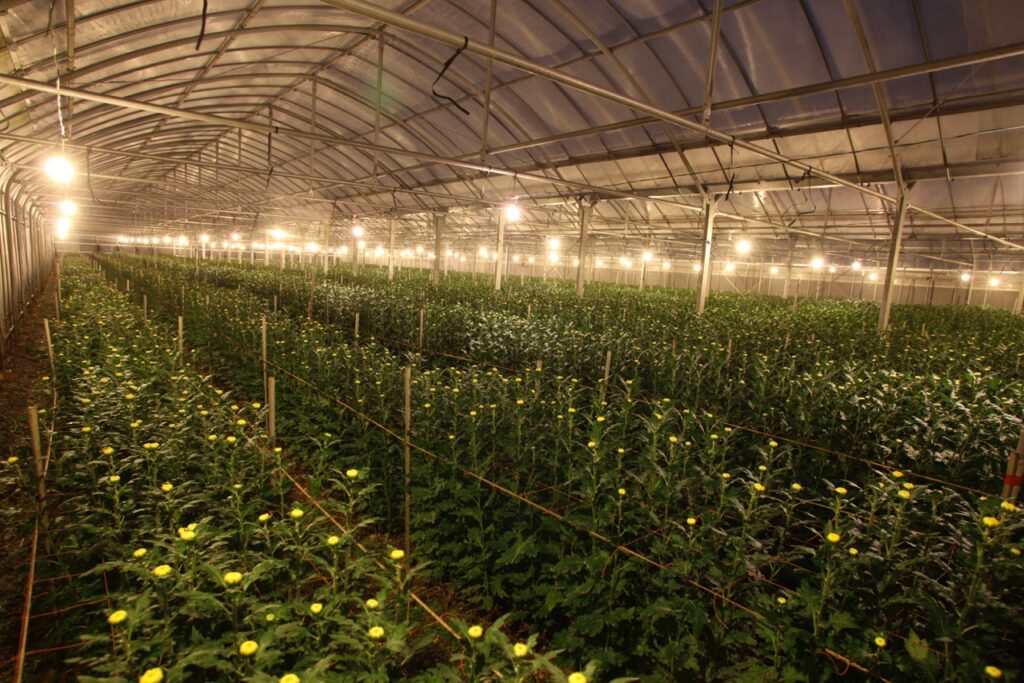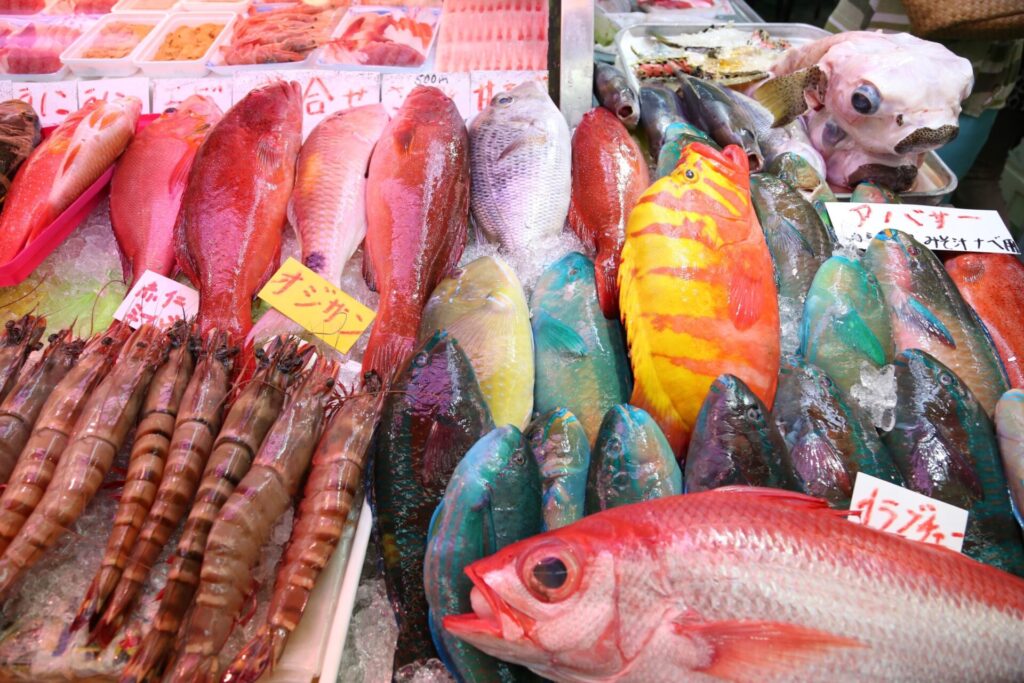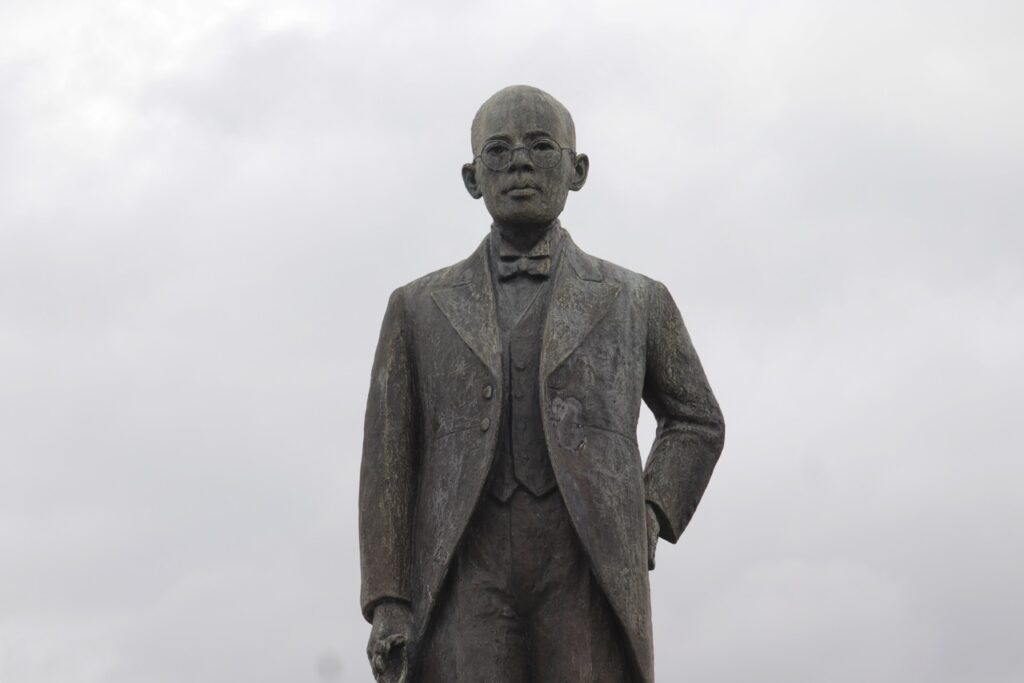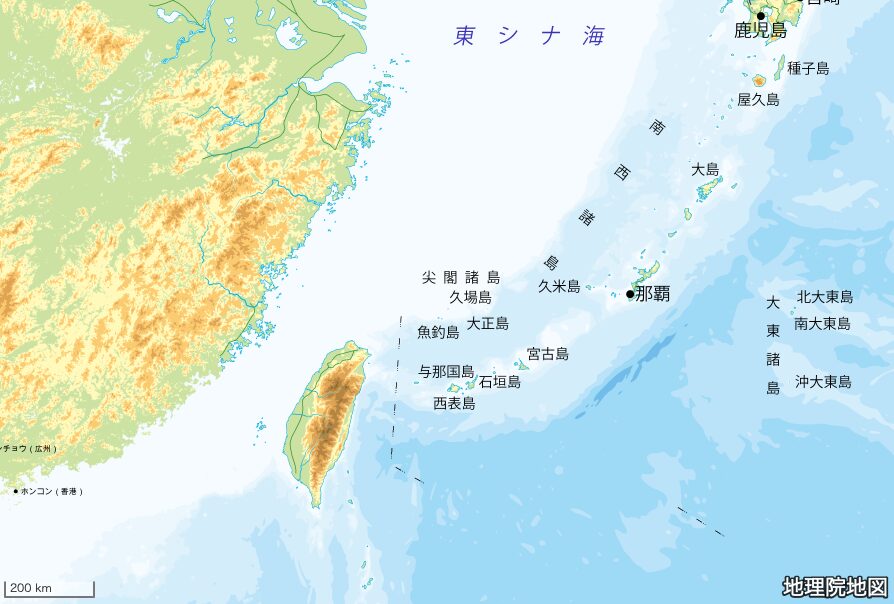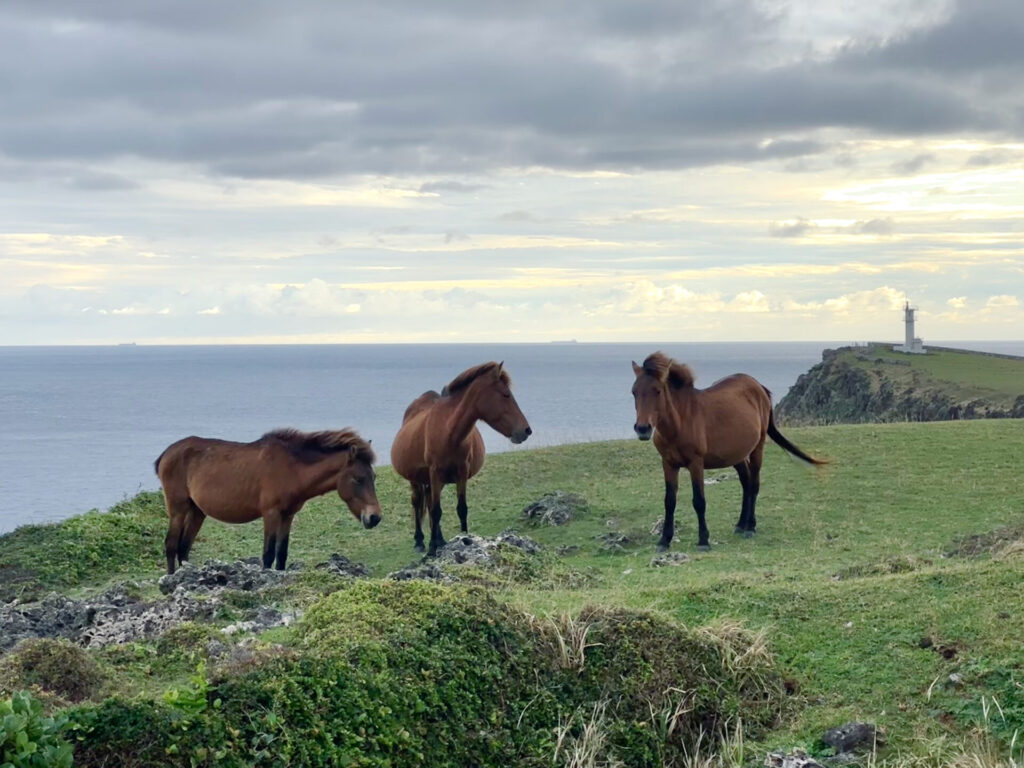Tanetori Festival (Seeds Picking Festival)

Tanetori is an agricultural event in which rice seeds are brought from where they are stored before planting them. This festival exists in various regions from the Amami Islands to the Yaeyama Islands, but the most major and famed among them is, as one may expect, that of Taketomi Island.
The Tanetori Festival, or Tanadui of Taketomi Island begins on the day of Kinoe-Saru1 in September or October of the lunar calendar. The Soil Festival—a ritual to purify the farmland—held fifty days in advance can be considered to be its start. On the first day of the Tanadui, casts of the performing arts and other settings are decided, and the performing residents practice their Kyongyon2 or dance from the following day. The main rituals run through the seventh and eighth day including the nighttime.
Early in the morning of the seventh day, the seniors carry out the ritual of “Miruku-Okoshi”, the Awakening of Miruku. Then follows the ritual of Kantai on the stage of Yomochi-On, and the visits to the house of the person in charge of the village. Around 10:00 am, the “Maki-Uta” is sung in the garden of Yomochi-On, and the “Garden Performance”, which consists of eight pieces, is performed as a religious offering. After that, the “Stage Performance” is performed all day on a specially built stage. The main performers of this day are the residents of Hazama Village.
It is basically an event to pray for a rich harvest to the gods during the seeding season, but the number, variety, and perfection of the performing arts, offered to the deities for that purpose, are fantastic. I am first impressed by how man has been devoting so much energy to a ritual. Albeit the help given from the outside, it is an island with a population of only 200 and dozens, and they enact some scores of performances, with considerable quality, for two days. Their performances can be roughly divided into two: a kind of theater called Kyogen, and dances. Kyogen ranges from those about the rise of agriculture to Kumi-Odori, a style based on Kabuki and developed on Okinawa Main Island. Dances, too, are countless.
After the performances on the first day and the ritual of Iban3-Kami before the altar, people start the Yūkui4, visiting each village house throughout the night. Visited households treat poulps dressed with garlic, and awamori. The performances on the second day are much alike, although they are mainly performed by Nakasuji villagers this time.
Watching them for two days and a night straight is quite tiring. However, that is a truly pleasant fatigue, having joined the god’s delight, and a fatigue that lets one understand without a question that this community had endured and prospered by pouring this much energy into festivals. Regional rituals seem to be decaying even in Okinawa yet, Taketomi Island remains very energetic. There are examples of performing arts that have once flourished and declined in other regions still thriving here.
Festivals are for the inhabitants of its land. May the visitors from outside attend this ritual with modesty and appreciation for those who let us visit.
Editor’s Note:
- One of the days among the cycle of sixty days based on the Sexagenary cycle.
- Kyongyon, or Kyogen, are Japanese traditional comic theaters.
- The leaves of Kunenbo, C. reticulata ‘Kunenbo’.
- Yūkui is written 世乞い (to call on the world) and is a prayer for happiness.







